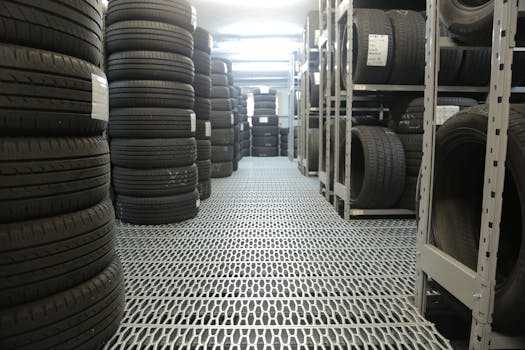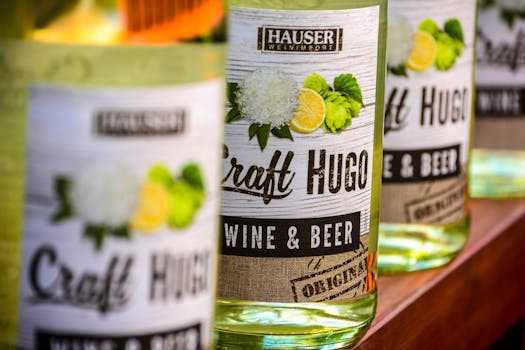
**
Indian FMCG Giants Report Sequential Q1 Recovery, But Remain Wary of Persistent Commodity Inflation
The Indian Fast-Moving Consumer Goods (FMCG) sector, a bellwether of the country's consumer sentiment, showed signs of sequential recovery in the first quarter (Q1) of the current financial year. Leading players like Marico, Godrej Consumer Products (GCPL), and Dabur, reported improved performances compared to the previous quarter, signaling a potential turnaround after a period of challenging market conditions. However, all three companies expressed continued caution regarding the impact of persistent commodity inflation and its implications for future profitability. This cautious optimism underscores the complexities facing India's FMCG sector as it navigates a volatile economic landscape.
Q1 Results Highlight Sequential Growth, but Challenges Remain
Marico, known for its popular brands like Parachute coconut oil and Saffola edible oils, reported a sequential improvement in its performance. While specific numbers vary depending on the segment, the overall trend indicated a positive shift in consumer demand. Similarly, Godrej Consumer Products, a diversified FMCG company with a strong portfolio of home care and personal care products, also observed a sequential uptick in its sales figures. Dabur, a prominent player in the health and personal care segment, mirrored this trend, reporting improved sales volumes and revenue generation during Q1.
Key Observations Across FMCG Leaders:
- Marico: Saw a positive sequential growth driven by improved rural demand and a recovery in certain product categories. Management highlighted strategic pricing actions as a key factor in mitigating the impact of inflation.
- Godrej Consumer Products: Experienced a robust performance in certain key segments, offsetting challenges in others. The company is actively managing its input costs and focusing on premiumization strategies.
- Dabur: Reported increased sales volume in several key product categories, indicating renewed consumer confidence. However, the company continues to monitor the price-sensitive nature of the market.
Commodity Inflation Remains a Major Headwind
Despite the positive sequential growth, all three companies emphasized the ongoing challenges posed by high commodity inflation. The escalating costs of raw materials, including palm oil, packaging materials, and other key ingredients, continue to put pressure on margins. This inflationary pressure forces companies to make difficult choices, including adjusting prices to maintain profitability or absorbing cost increases and impacting profit margins.
Strategies to Combat Inflation:
- Strategic Pricing: Companies are carefully implementing price increases to offset rising input costs, while balancing consumer affordability concerns.
- Cost Optimization: Intense focus on improving operational efficiency, supply chain management, and streamlining processes to reduce costs.
- Premiumization: Shifting towards higher-value products and premium segments, where consumers are less price-sensitive.
- Innovation: Introducing new products and formulations that utilize alternative, more cost-effective ingredients, whilst maintaining quality.
Rural Market Recovery Offers a Glimmer of Hope
The resurgence in demand from rural markets has emerged as a significant positive factor in Q1 results. Improved monsoons and government initiatives designed to boost rural incomes have helped revive purchasing power in these regions, which contribute significantly to the overall FMCG market. This resurgence provides a much-needed boost for companies that have historically relied heavily on rural consumers.
Outlook: Cautious Optimism for the Remainder of FY24
While the Q1 results showcased a welcome sequential recovery, the FMCG giants remain cautious about the remaining quarters of FY24. The persistence of commodity inflation, coupled with potential macroeconomic uncertainties, continues to pose considerable risk. The companies' ability to effectively manage their pricing strategies, optimize costs, and innovate will be crucial to navigating these challenges and delivering sustainable growth throughout the year.
Factors Influencing Future Performance:
- Monsoon Performance: The success of the monsoon season will significantly impact rural consumption and demand.
- Inflationary Pressures: The trajectory of commodity prices will continue to exert considerable influence on profit margins.
- Consumer Sentiment: The overall economic climate and consumer confidence will significantly determine demand for FMCG products.
- Government Policies: Government initiatives and regulatory changes could also affect the sector's performance.
Key Takeaways: A Balanced Perspective on FMCG Growth
The Q1 results from Marico, GCPL, and Dabur paint a nuanced picture of the Indian FMCG sector. While sequential recovery is a positive sign, the persistent challenge of commodity inflation necessitates a cautious outlook. The strategic responses adopted by these companies—strategic pricing, cost optimization, premiumization, and innovation—will determine their ability to navigate the complex market dynamics and deliver consistent growth throughout the year. The rural market recovery provides a crucial element of optimism, but its sustained momentum depends on various factors. Investors and analysts will be keenly watching the evolving situation in the coming quarters to assess the sector's trajectory in the medium-to-long term. The continued success of these FMCG giants will heavily rely on their agility, innovation, and ability to adapt to the ever-changing market conditions.



















